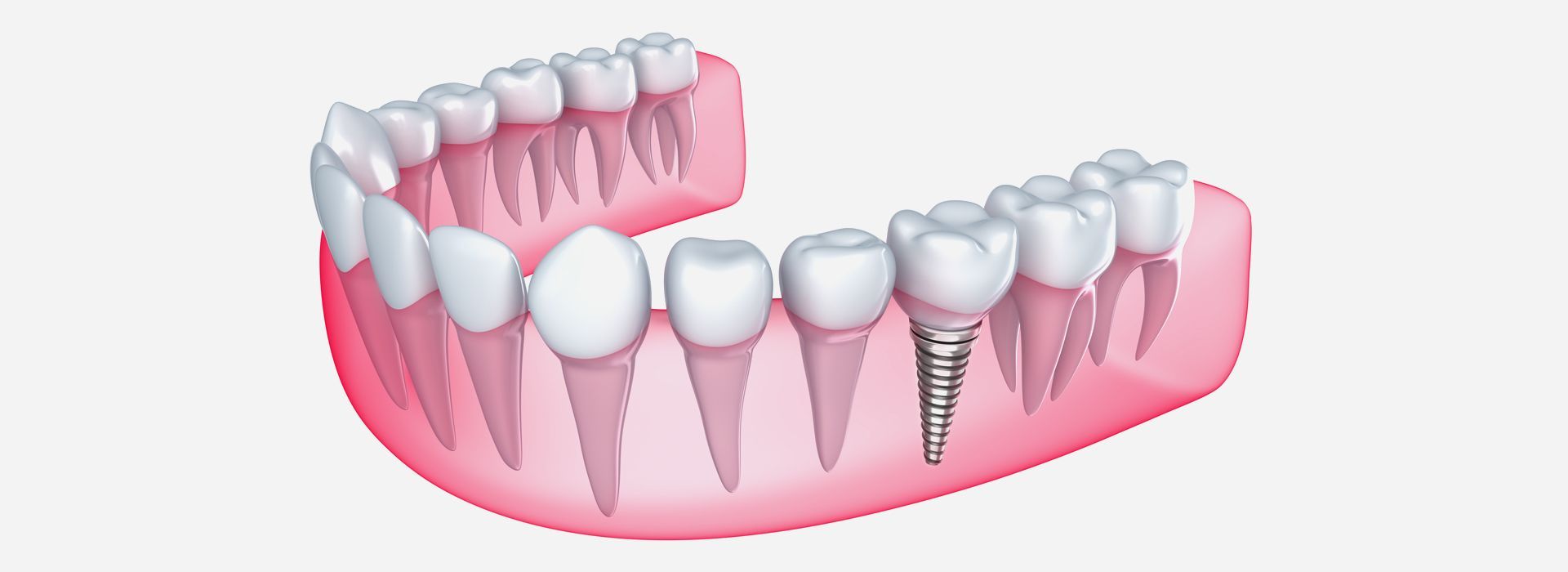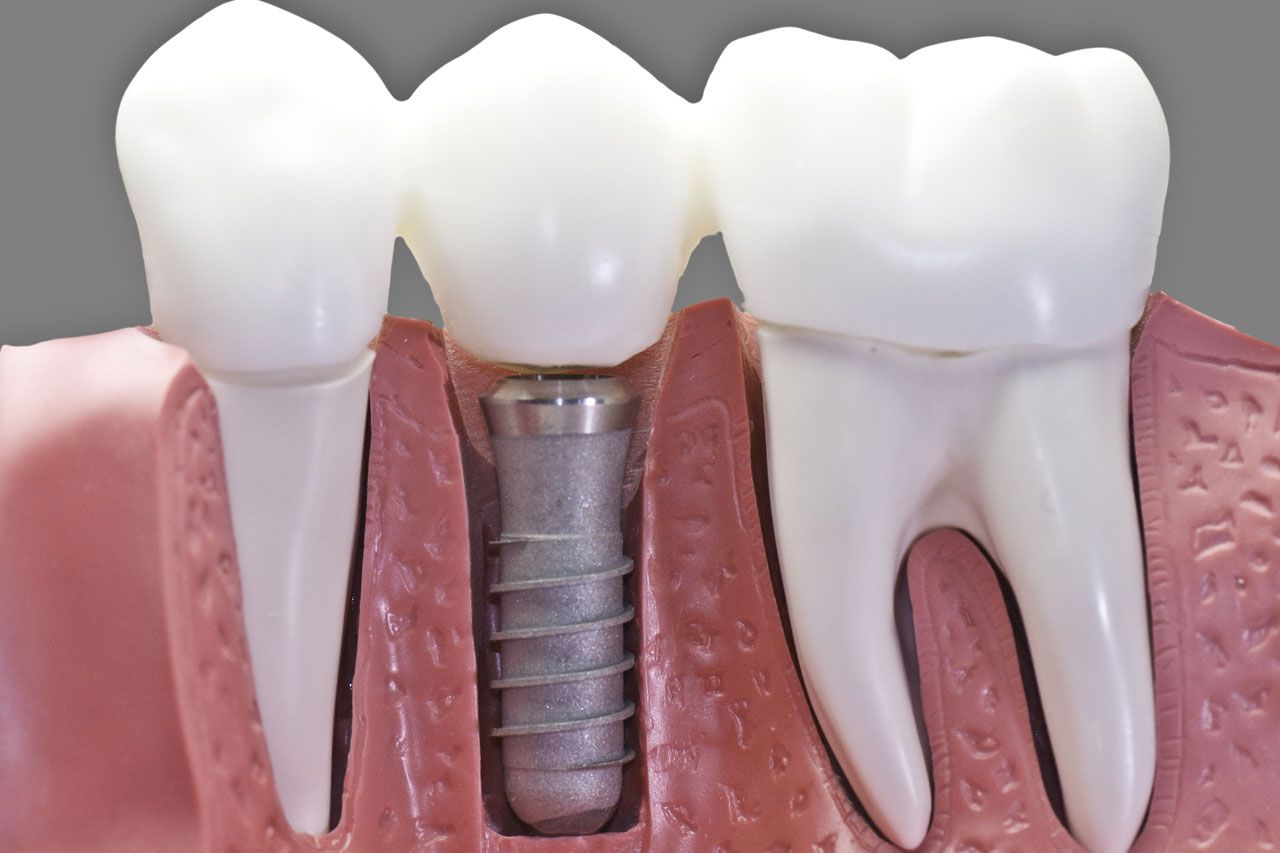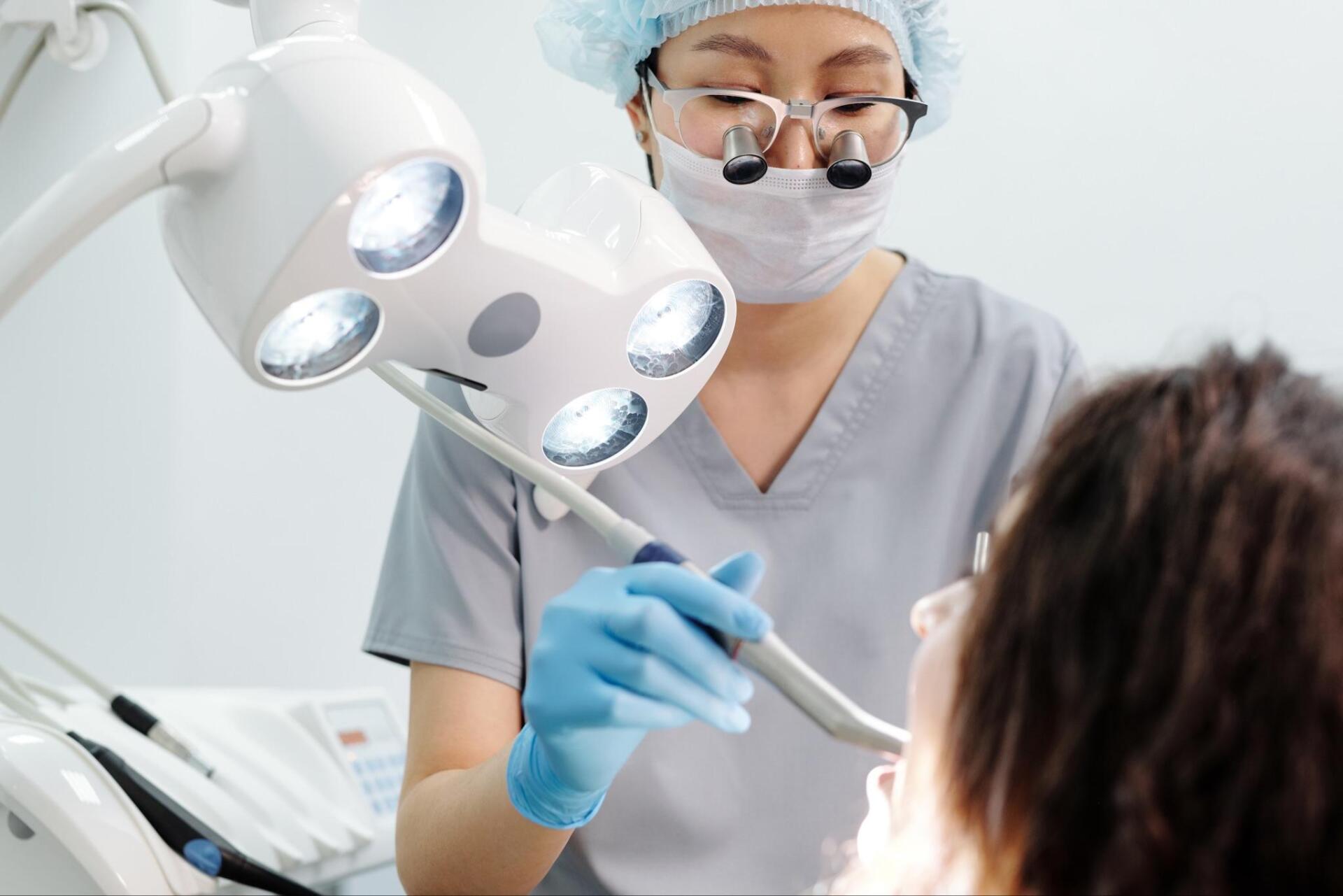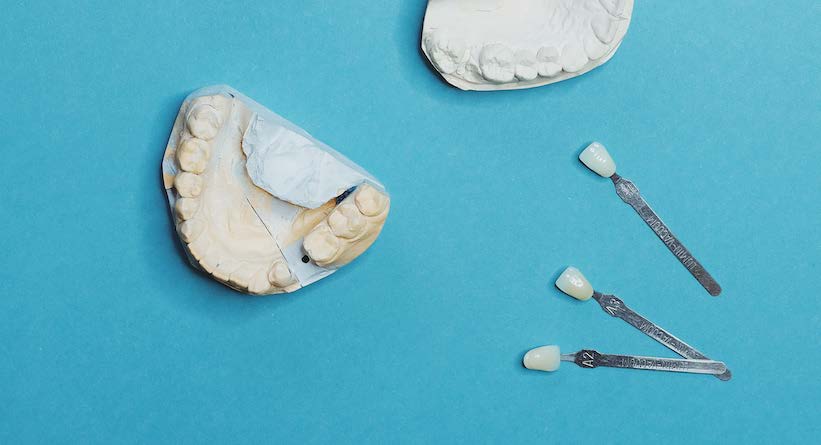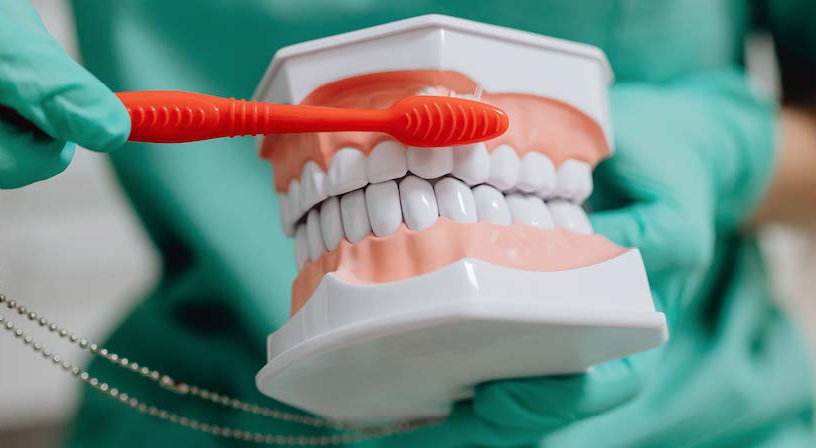Temporomandibular Joint (TMJ) Disorder– Symptoms, Causes, and Treatment
What is TMJ?
The temporomandibular Joints, popularly known as TMJ, are on both sides of the face and connect the jaw bone to the skull. The joints act as a hinge that enables a sliding movement. They facilitate the movement of the lower jaw and aids actions like speaking and chewing.
What is TMJ Disorder?
A temporomandibular joint disorder affects the temporomandibular joints and surrounding muscles and ligaments. The condition results in pain at the TMJ and the muscles around the region, inhibiting jaw movement. The severity of the TMJ pain can range from mild to excruciating, depending on the cause and nature of the factor responsible for the disorder.
Causes of TMJ Disorder
The TMJ, as stated earlier, acts as a hinge and engages in sliding movements enabling motion in the lower jaw. The interacting bones are coated with cartilage and kept separate by a disk that absorbs shock in the Joint and ensures smooth and seamless movement. Pain generally arises when the shock-absorbing disk erodes or moves out of place due to trauma or wear and tear, the cartilage is damaged, or the joint itself is damaged or dislocated.
There is no precise cause of TMJ Disorder; several factors can cause it. Factors that may be responsible include old age, arthritis, genetics, impact, stress, and a jaw injury. Generally, wherever there is trauma to the jaw can result in a TMJ Disorder. Also, when a person habitually grinds their teeth (bruxism), there is a tendency to develop temporomandibular joint disorder. It is sometimes difficult to ascertain the exact reason of the temporomandibular.
Symptoms of TMJ Disorder
The symptoms of TMJ Disorder are more often than not visible and easily detected. Persons between the ages of twenty and forty are more easily prone to getting the disorder. Also, the condition appears to be more common in women. The most notable symptoms of the temporomandibular joint disorder include:
- Pain and tenderness in the jaw
- Pain in the TMJ
- Aches in the ear due to the proximity of the ear canal to the Temporomandibular Joints.
- Headaches
- Neck aches and shoulder aches
- Locked jaws
- Difficulty in engaging the jaw
- Difficulty chewing and speaking
- Clicking or popping sounds when engaging the jaw
- Slight ringing in the ears
- General pain and aches in the face region
Experiencing clicking or popping sounds when you engage the jaw without any other associated symptom such as pain or motion limitations, may not indicate a TMJ Disorder. You are, however, advised to see a professional whenever you see one or more of the above symptoms.
Treatment of TMJ Disorder
Usually, TMJ Disorder is diagnosed when you go for a dental checkup. It is done by observing your range of movement and checking for areas of discomfort. An X-ray may also be carried out to determine the extent of the damage. These X-rays may include a panoramic X-ray, CBCT scan, and MRI scan. A specialist oral maxillofacial surgeon may be recommended to treat the disorder at certain times.
Treatment of TMJ Disorder ranges from accessible self-care practices to invasive procedures and surgeries depending on the nature of the disorder and the factor responsible. Surgery, however, is always reserved as a last resort after all non-invasive techniques have been engaged.
Self-care practices include applying cold and heat packs and jaw stretching exercises at different intervals, a restriction in eating certain foods that lead to excessive jaw movements, and limiting severe TMJ movements, including speaking, yawning, and learning several jaw relaxation techniques.
Other TMJ Disorder treatments as prescribed by a healthcare professional may include the following:
- Medication. You may be required to take several medications and apply topical ointments to relieve the pain and relax the muscles around the TMJ region. The medication can be pain relievers, anti-inflammatory drugs, or muscle relaxants.
- Ultrasound. This involves the use of deep heat ultrasound rays to improve the condition.
- Injections. These injections are injected into trigger points in the face to reduce pain.
- TMJ Surgery. This is often the last resort and is an invasive correction of the disorder. An open Joint surgery, a more traditional surgery, may be necessary where there is severe damage or tumors around the TMJ.
Conclusion
On the whole, TMJ disorders are not generally severe and can easily be treated by self-care practices. TMJ disorders may leave on their own a few times depending on the cause of the disorder, for instance, where the disorder arose due to stress. However, several complications can arise that need to be addressed immediately. If you experience any of the symptoms listed above, it is necessary to schedule an appointment with a professional healthcare specialist immediately. For professional treatment of TMJ in NYC, you can rely on Instyle Dental to get the job done. (212) 695 2173 for a consultation.

